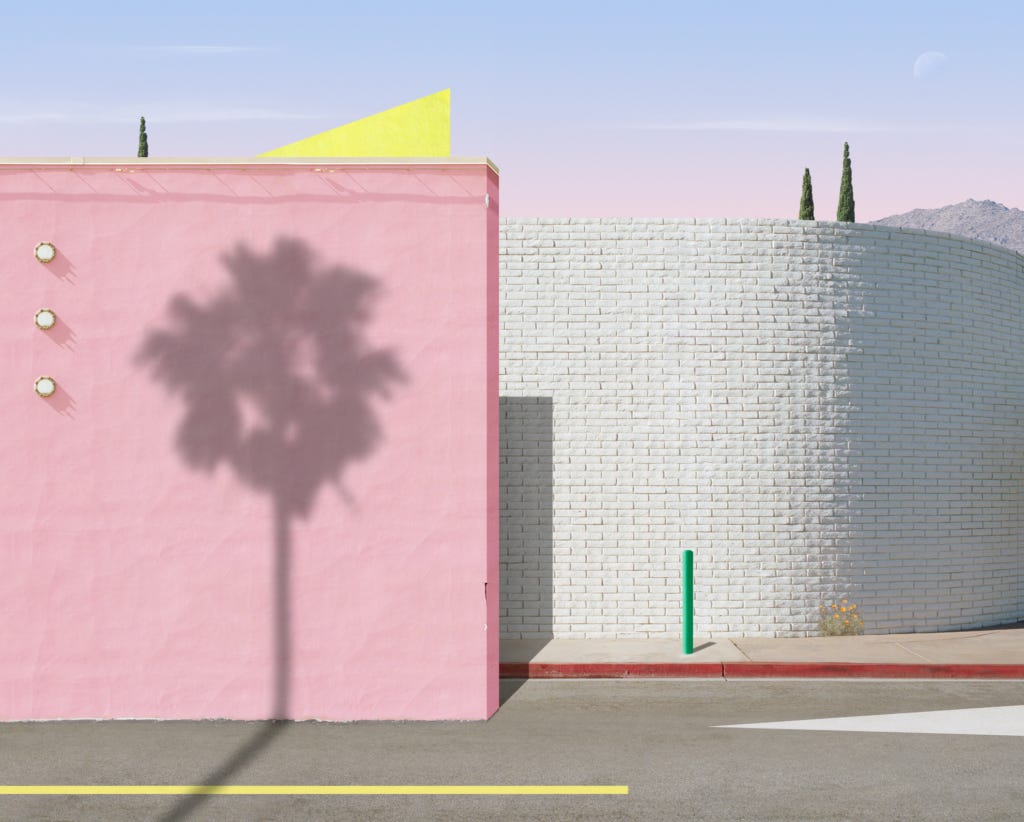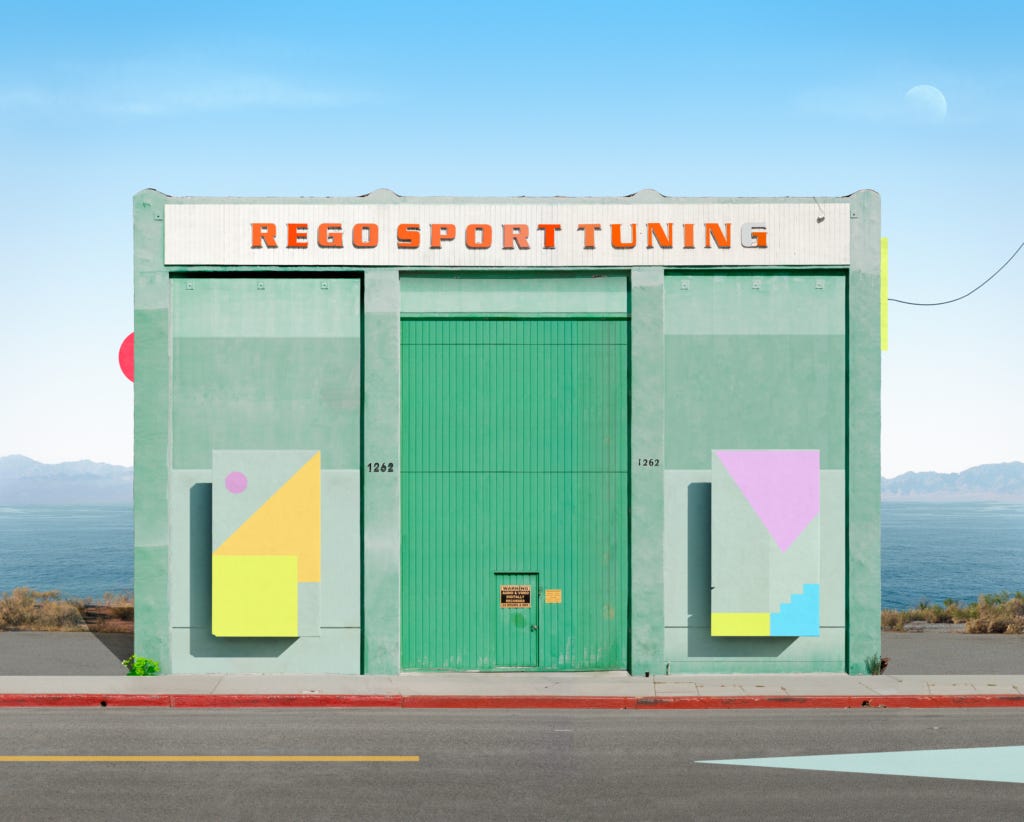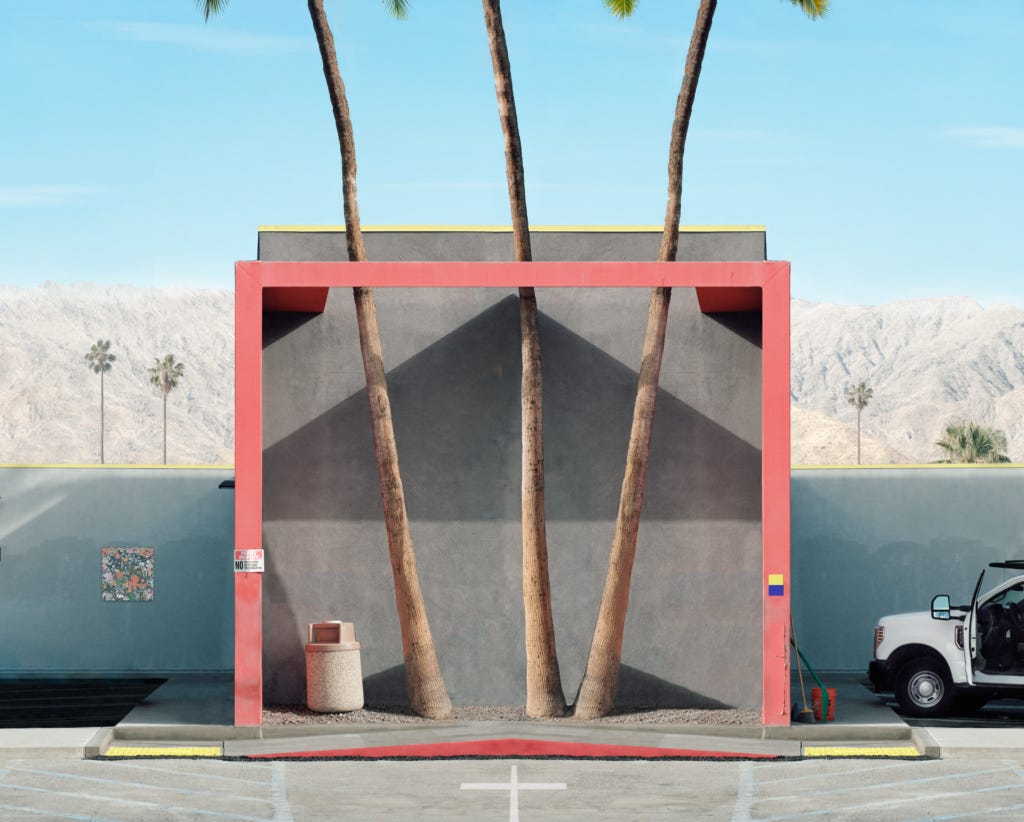Leadership in Chaos: 17th edition.
accelerator or brake, high reaching informality, gravity.
Marcus Aurelius

George Byrne
Change: accelerator or brake.
There’s always tension between wanting change and wanting to change. The new boss of Formula 1’s Williams Team found this out last year. He identified that the team had fallen behind the competition in tech and coordination. Despite the cars costing an est $12–$16m each, with a resource cap of about $145m, they were using an Excel sheet to build and manage the entire car (all 20,000 parts). Some of the most advanced machines on earth were being managed on Excel. Why? Because transitioning to a modern tracking system was “viciously expensive” and complicated. So they continued on Excel. Which required “humans pushing themselves to the absolute limits and breaking.”
A thought for leaders: Formula 1 is all about speed. Slowing down feels like a bad idea. Change can feel slow, like slamming on the brakes. Leadership, though, is about winning the season, not just the race. Efficiency, not just results. Great leaders know that change (eventually) is transformational acceleration. The job of a leader is not only identifying visionary change but positioning it as an accelerator and not a brake.

George Byrne
Communication: high-reaching informality.
A thought for leaders: Getting informality right, is partly about the right balance of autonomy. Knowing when to step in and when to step out. As Warren Buffet said, “tell people what you need, not what to do”. But also about openness, spontaneity, and a sense of collaborating as equals. Which all requires trust. But as the saying goes, “he who does not trust, will not be trusted”. So it starts with you. Hire well, show them the vision, and get out of their way.

George Byrne
Culture: gravity.
Earlier this year, Boeing had multiple issues with their planes. Remember? Doors were falling off etc. Historically, Boeing had an engineering, product-centric culture, but things have changed. Boeing is a good example of what happens when a culture goes wrong. They turned from an engineering culture relentlessly focused on product, to one more focused on profit. They forgot what made them great. Similarly, an ex-Amazon employee wrote about Alexa, and how, despite 500m devices, €20-€40 billion in investment and 10,000 employees, they missed their opportunity with AI. Bureaucracy, a slow-moving culture and corporate sludge were blamed.
A thought for leaders: It’s easy to think of culture as a soft, nebulous, almost imperceptible thing. It’s easy to de-prioritise it. To focus on immediate problems and opportunities. But like gravity, culture is critical. It keeps everyone grounded. And like gravity, you only notice it, when it isn’t working. And sometimes, that’s too late.

George Byrne
Podcast: EP 54: Leadership in the New World (Dis)Order – Part 2
You can listen to the full episode here, enjoy!
You can follow Flow Group on Linkedin here.
P.S. This month’s featured artist is Australian photographer and collagist, George Byrne from his recent exhibition Synthetica. It blends elements of déjà vu, magical realism, and Americana and pays tribute to his photographic origins while seeking to challenge conventional notions of reality, particularly in a time marked by the escalating presence of technology and artificial intelligence. He says, ‘I think the message of this show is magic and synthesis. It’s part dreams, part diary entry, and part escapism. I strive to make epic scenes out of everyday spaces, but for Synthetica, I chose also to point the lens back at nature, in a way that I haven’t before,’ Byrne explains. ‘My work is a comment on the way I perceive the world around me. It’s a way of seeing the thing in front of me, and then sitting down and concentrating my mind to see if I can envisage something past the thing, the imagined world.’

